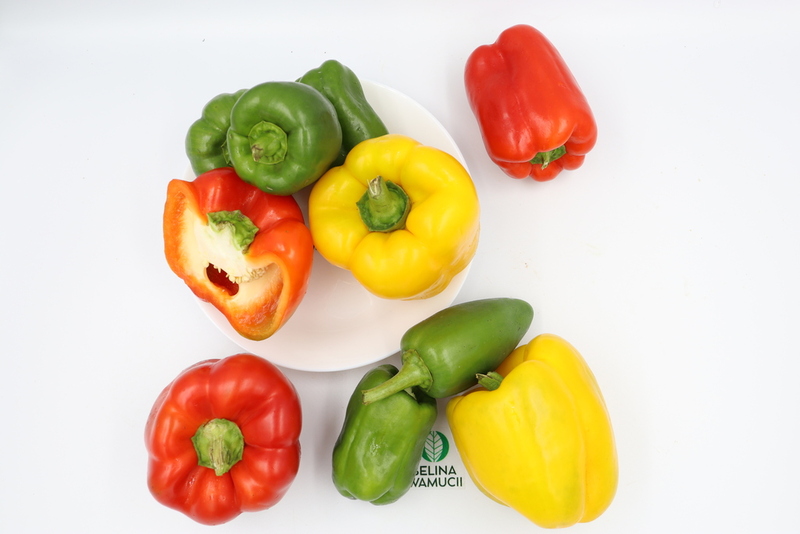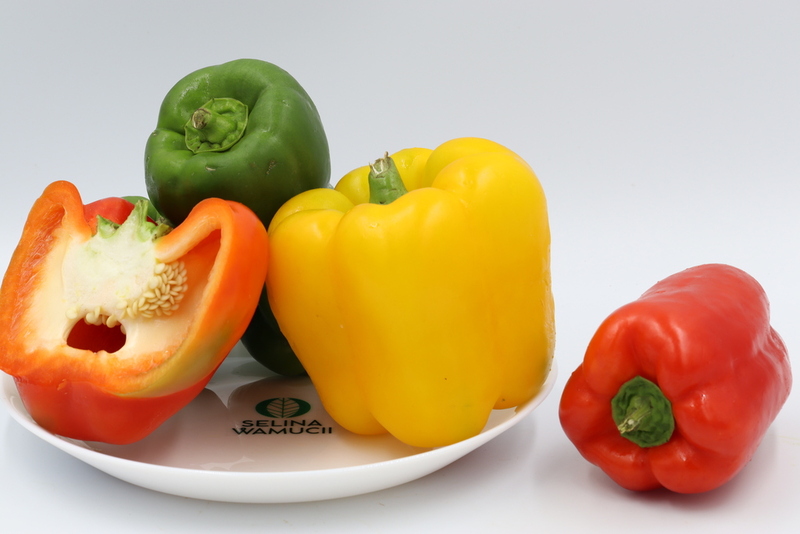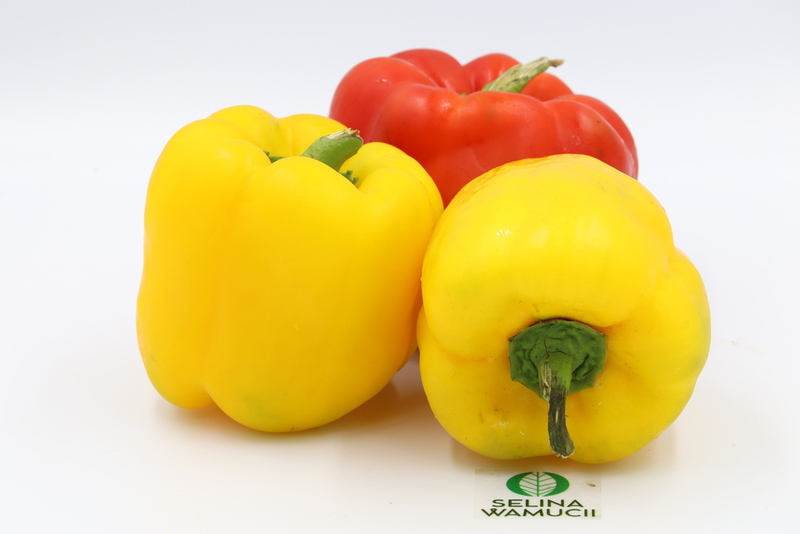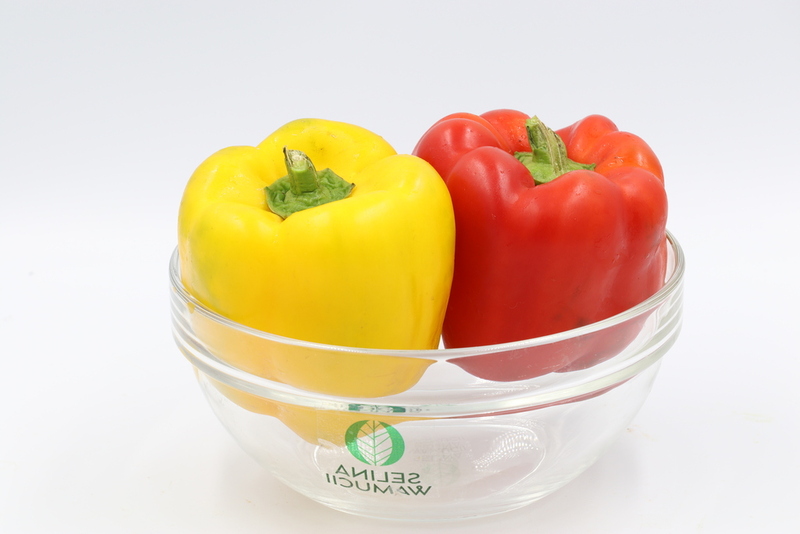Buy Ethiopia Capsicum Directly From Exporters & Suppliers - Best of 2024 Market Prices
Get Instant QuoteEthiopia capsicum is an essential product in both the domestic and international market. The nation mostly exports the produce in its whole, raw form.
General overview
Ethiopia capsicum is native to Mexico in the South of Latin America where it originated 9500 years ago before spreading elsewhere. Much of the credit is given to Spanish and Portuguese explorers who spread it to different parts of the world thus making it a global crop. Unlike other forms of pepper, capsicum does not have that sensationally chilly hot taste in it which explains the reason it is also referred to as sweet pepper. China ranks ahead of Indonesia and India as the biggest producing nation of capsicum.
For many years since it was introduced to them, Ethiopians continue to grow it for its multiple uses where it serves as a spice for a range of cuisines in homes and as a commercial crop.
Due to the diversified climatic conditions around the country, farmers are adopting new improved cultivars that are more suited to their regions.
Production areas and varieties
Capsicum production is undertaken in Jimma and other Southern West parts of Ethiopia. A majority of the growers in these areas do it on a small scale basis. The primary variety which they cultivate goes by the name Gojeb Local. Jimma also is a source for the bell and chilly peppers which are both big and mildly chilly fruits.
Production Capacity
A significant portion of Ethiopia capsicum is consumed locally. Statistics show that an estimated 50% of the volume of the crop produced is consumed in the local households while 21.5% of it is channeled into the retailing market. Only 28.5% ends up in the international markets.
Notably, it is one of the few products where the farmer can generate maximum profit from its sale because of its scarcity and high market value.
The government has disseminated hybrid varieties to the farmers at affordable prices and is running campaigns to popularize the crop. These are some of the measures being put in place to increase the country’s wholesome nation produce.
Forms of Exported Seeds
Capsicum comes in various forms that include raw, ground or crushed forms.
Capsicum Varieties
There are several capsicum varieties. The most widely cultivated ones are bell pepper which has a sweet taste, sweet pepper which has a non-pungent aroma, chili (mitimita), berbere that is described as hot pepper and is the one that is extensively cultivated.
Growing conditions
While growing capsicum proper placing of the seedlings is essential. Usually, they are placed in pairs but 18-24 inches apart. The state of the soil stands at 65° F. Southern west parts of Ethiopia are dominated by warm weather conditions annually which explain the reason why capsicum thrives in those areas. Cold stress hampers its growth. Growers use compost manure to boost yields, and chemical sprays are unheard of in those areas since the farmers are keen to produce capsicum by natural means.
Various Uses
Capsicum varies from yellow, green, red to orange. While it has been mainly known for its culinary purposes by Ethiopians and the world as well, the plant also has numerous health advantages.
These benefits range from neutralizing upset stomachs, intestinal gas, diarrhea, and cramps. It also cures and prevents heart diseases and aids in blood circulation.
Harvesting and sorting
Harvesting begins early in the morning. This helps growers to retain water levels at 14% and avoid the scorching tropical suns that could tamper with the water content.
For export purposes, green fruits are prioritized which are let to ripen into various colors within 4-5 weeks under optimal conditions.
The next process is where the capsicums are handpicked depending on the color, weight, size, and quality. To affirm the fruits are at optimum condition, farmers pick the fruits that are firm, large, blemish-free and a little ripe which sell at attractive prices.
Packing and transportation
There are three forms of packing:
Loose forms-This is whereby all varieties are mixed. As a result, every polyurethane package contains fruits of varying colors including yellow, green, red and orange. This gives the packages an appealing look when they hit the market.
Flow pack-This involves packing of the fruits in uniform sizes and single varieties.
The shrink seal-Involves wraps containing one or more fruits in every single pocket. A waterproof lining is then placed at the top.
During transportation, trucks are fitted with soft pads before placing the packed capsicums. This helps to eradicate the bumping of the packages against each other that could lead to the friction of the fruits.
Summation
Shipments arrive at their destinations 2-3 days after the order is made. Ethiopia capsicum is grown under Good Agricultural Practices (GAP) guidelines.M ake your order today!
Get Instant Quote
Are you a producer of Ethiopia Capsicum or other products?
Sign up today for FREE to buy or sell Ethiopia Capsicum.





